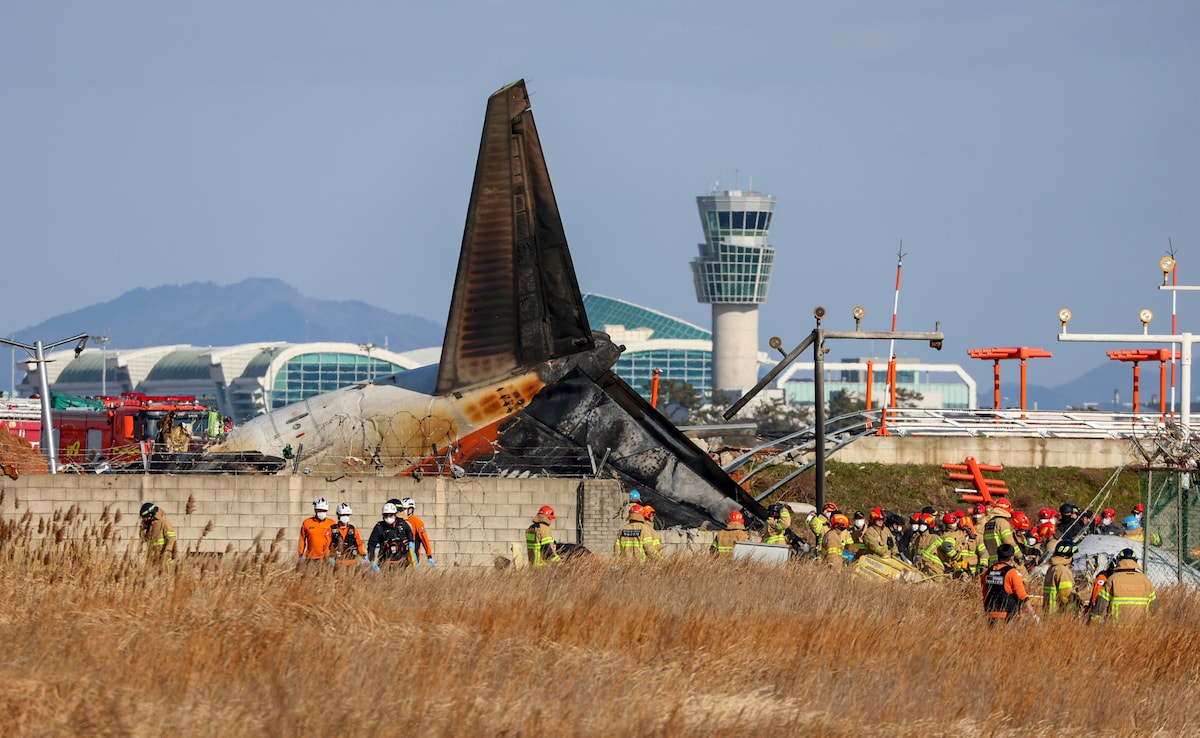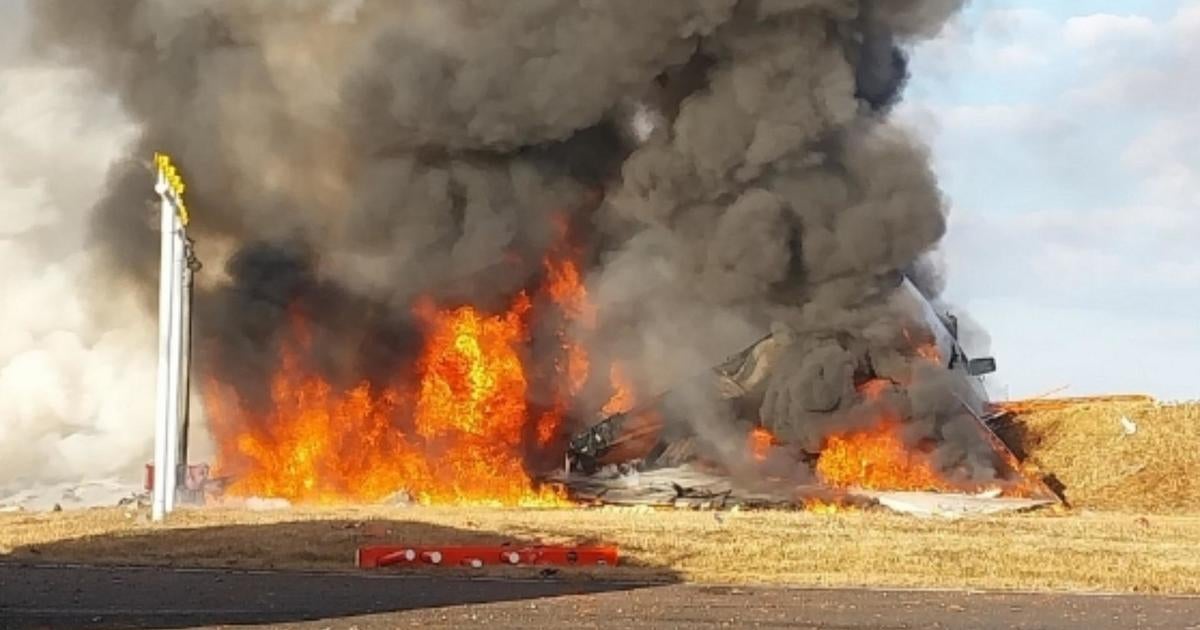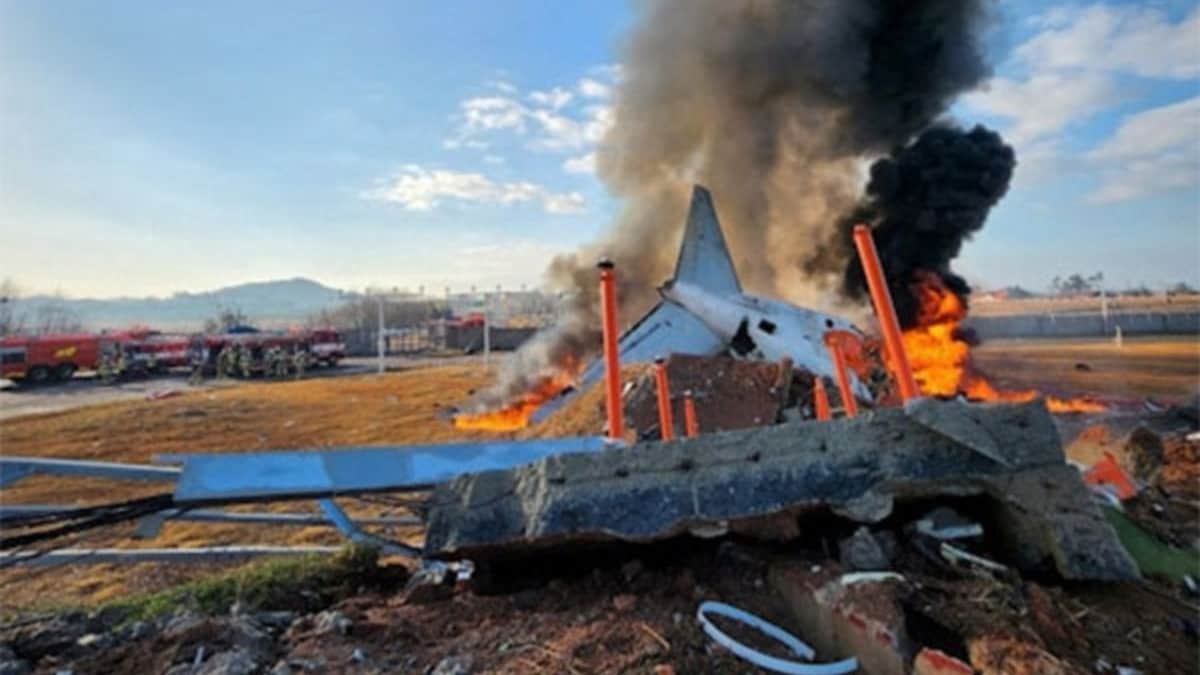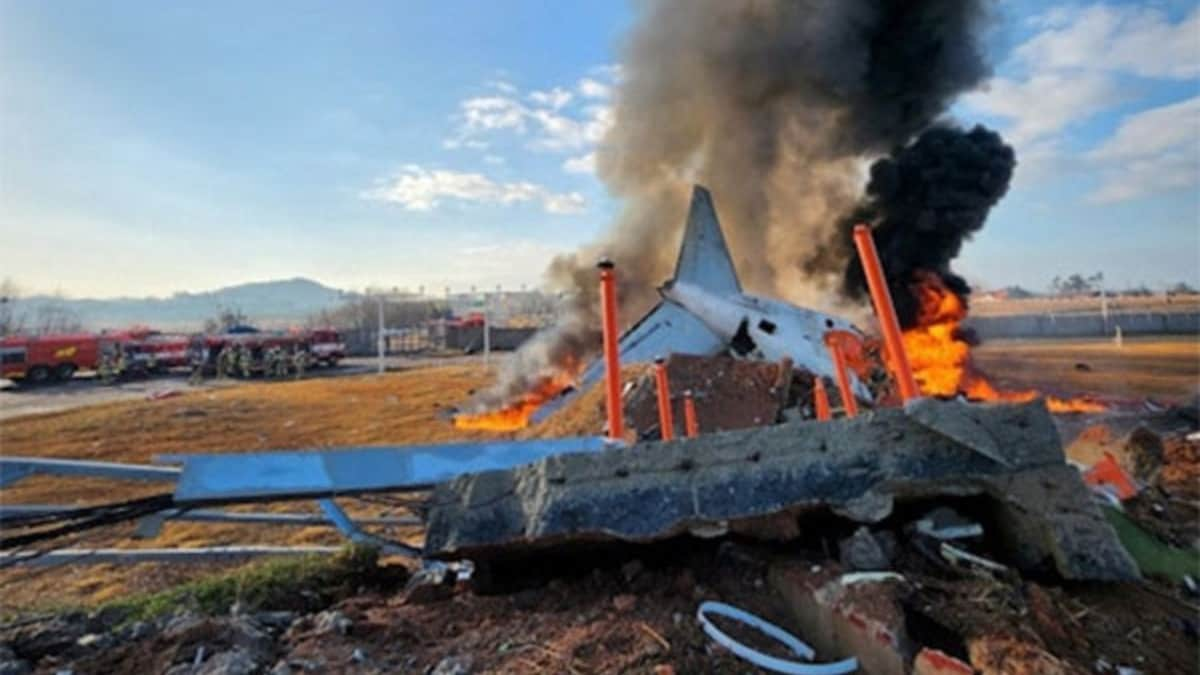Plane crash in South Korea: This exploration delves into the history, causes, and impact of air disasters in South Korea, examining geographical factors, airline safety practices, and technological advancements in aviation. We’ll look at how these events have shaped public perception, tourism, and government responses, while also drawing comparisons with international best practices. Prepare for a detailed, yet accessible, look at this critical subject.
We’ll investigate the historical context, starting with a timeline of significant crashes and analyzing contributing factors like weather, mechanical failures, and human error. We’ll also examine the role of South Korea’s mountainous terrain and airport infrastructure, including safety protocols and potential improvements. The safety records of major airlines, their maintenance procedures, and pilot training will be scrutinized, alongside a comparison of safety regulations and enforcement.
News of the plane crash in South Korea is sadly dominating headlines. It’s a stark reminder of life’s fragility, a contrast to the fictional worlds we often escape into, like the universe of Squid Game. Did you know that the actor who played Thanos also appeared in Squid Game? Check out this article about the thanos squid game actor for a fascinating connection.
Returning to the tragic news, investigations into the South Korean plane crash are ongoing, and our thoughts are with the victims and their families.
A History of Plane Crashes in South Korea
South Korea, a nation with a rapidly growing aviation industry, has unfortunately experienced its share of tragic plane crashes throughout its history. Understanding these incidents, their contributing factors, and the subsequent improvements in safety measures is crucial for ensuring safer skies in the future. This analysis explores the historical context, geographical influences, airline safety practices, public perception, technological advancements, and international comparisons related to aviation safety in South Korea.
Historical Context of Plane Crashes in South Korea

A review of significant plane crashes in South Korea reveals a complex interplay of factors contributing to these incidents. These factors have evolved over time, reflecting changes in aviation technology, safety regulations, and operational practices. Early crashes often involved older aircraft and less stringent safety protocols, while more recent incidents highlight the challenges posed by increasingly complex air traffic and challenging weather conditions.
| Date | Location | Airline | Casualties |
|---|---|---|---|
| Example Date 1 | Example Location 1 | Example Airline 1 | Example Number 1 |
| Example Date 2 | Example Location 2 | Example Airline 2 | Example Number 2 |
| Example Date 3 | Example Location 3 | Example Airline 3 | Example Number 3 |
Geographic Factors and Airport Infrastructure
South Korea’s mountainous terrain presents significant challenges to air travel safety. The proximity of mountains to major airports necessitates precise navigation and necessitates robust contingency plans for adverse weather conditions. Furthermore, the country’s susceptibility to typhoons and fog necessitates sophisticated weather monitoring and forecasting systems to minimize disruptions and ensure safe operations.
Major airports in South Korea, such as Incheon International Airport, are equipped with advanced navigation systems and safety protocols. However, ongoing improvements are necessary to mitigate the risks associated with the country’s challenging geography and weather patterns. For example, the development of more resilient runway systems and improved de-icing procedures could significantly enhance safety during winter months.
So, there’s been a plane crash in South Korea, right? It’s a pretty big deal, and if you want the lowdown from regular folks discussing it, check out the chatter on south korea plane crash reddit. They’re sharing firsthand accounts and speculation – it’s a good way to get a feel for the immediate aftermath of the South Korea plane crash, beyond the official news reports.
A hypothetical improvement plan might include investing in advanced weather radar systems, upgrading navigational aids in mountainous regions, and implementing more stringent procedures for diverting flights during periods of severe weather.
Airline Safety Records and Practices
A comparison of the safety records of major South Korean airlines reveals variations in their operational practices and safety performance. Factors such as pilot training, aircraft maintenance, and adherence to safety regulations contribute to these differences. Air traffic control plays a critical role in coordinating air traffic and ensuring safe separation between aircraft.
- Airline A: Strong safety record, rigorous maintenance protocols, advanced pilot training programs.
- Airline B: Moderate safety record, consistent adherence to safety regulations, ongoing improvements in training programs.
- Airline C: Areas for improvement identified in safety audits, focus on enhancing maintenance procedures and pilot training.
Impact on Public Perception and Tourism, Plane crash in south korea
Plane crashes significantly impact public confidence in air travel. Following major accidents, there is often a decline in air travel demand, affecting both domestic and international travel. The tourism sector is particularly vulnerable to these fluctuations in public sentiment, with potential negative consequences for the national economy.
Government responses to such incidents typically involve investigations, safety improvements, and communication strategies aimed at restoring public trust. A hypothetical public relations campaign could focus on transparency, emphasizing the steps taken to improve safety, and highlighting the overall safety record of the nation’s aviation industry.
So, you’re wondering about that plane crash in South Korea? It’s a pretty serious situation, grabbing headlines worldwide. To take a quick break from the grim news, have you figured out who is 001 in squid game season 3? Check out this link to find out: who is 001 in squid game season 3. Anyway, back to the plane crash – investigations are underway, and we’ll keep you updated as we learn more.
Technological Advancements and Safety Measures
Technological advancements have played a crucial role in improving aviation safety in South Korea. The implementation of black box technology, collision avoidance systems, and advanced weather radar systems has significantly reduced the likelihood of accidents. Data analysis from flight recorders and other sources helps identify potential safety risks and guide preventative measures.
A hypothetical advanced safety system might involve the integration of artificial intelligence for real-time risk assessment, predictive maintenance, and automated collision avoidance. Such a system could enhance safety by anticipating potential hazards and providing pilots with timely warnings.
International Comparisons and Best Practices

Comparing aviation safety standards and practices in South Korea with other developed nations reveals areas for potential improvement. Learning from best practices in countries with exemplary safety records can enhance South Korea’s own safety protocols. International organizations, such as the International Civil Aviation Organization (ICAO), play a crucial role in establishing global safety standards and promoting collaboration among nations.
| Country | Safety Metric 1 | Safety Metric 2 | Safety Metric 3 |
|---|---|---|---|
| Example Country 1 | Example Data 1 | Example Data 2 | Example Data 3 |
| Example Country 2 | Example Data 4 | Example Data 5 | Example Data 6 |
| South Korea | Example Data 7 | Example Data 8 | Example Data 9 |
Final Wrap-Up: Plane Crash In South Korea

Ultimately, understanding plane crashes in South Korea requires a multifaceted approach, considering historical trends, geographical limitations, airline practices, and technological advancements. By analyzing past incidents and comparing South Korea’s safety standards with international best practices, we can identify areas for improvement and strive towards a safer future for air travel. The lessons learned from these tragedies are crucial for preventing future occurrences and fostering greater public trust in air travel safety.
FAQs
What is the most common cause of plane crashes in South Korea?
There’s no single most common cause; historical data reveals a mix of factors including weather conditions, mechanical issues, and human error, varying across different incidents.
How does South Korea’s mountainous terrain affect air travel safety?
The mountainous terrain presents challenges for navigation and approach procedures, increasing the risk of accidents in poor weather conditions.
What compensation is available to victims of plane crashes in South Korea?
Compensation varies depending on the circumstances of the crash and the applicable laws and regulations. Legal counsel should be sought for specific details.
How has public perception of air travel in South Korea changed after major crashes?
Major crashes have temporarily impacted public confidence, but typically, the industry recovers as safety measures are improved and communicated effectively.
